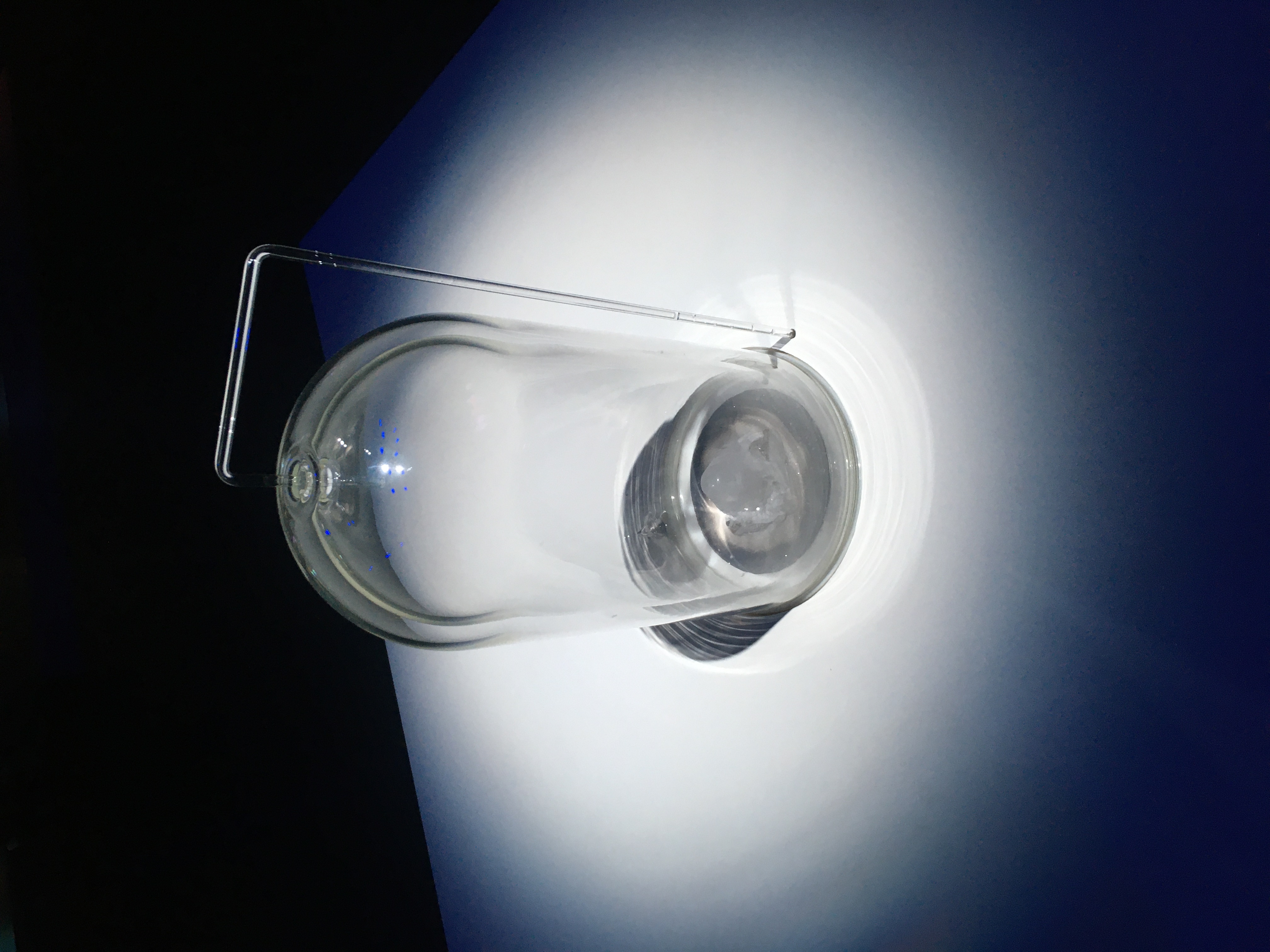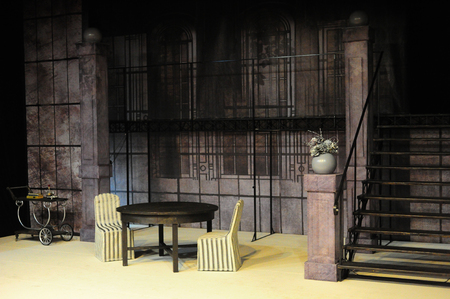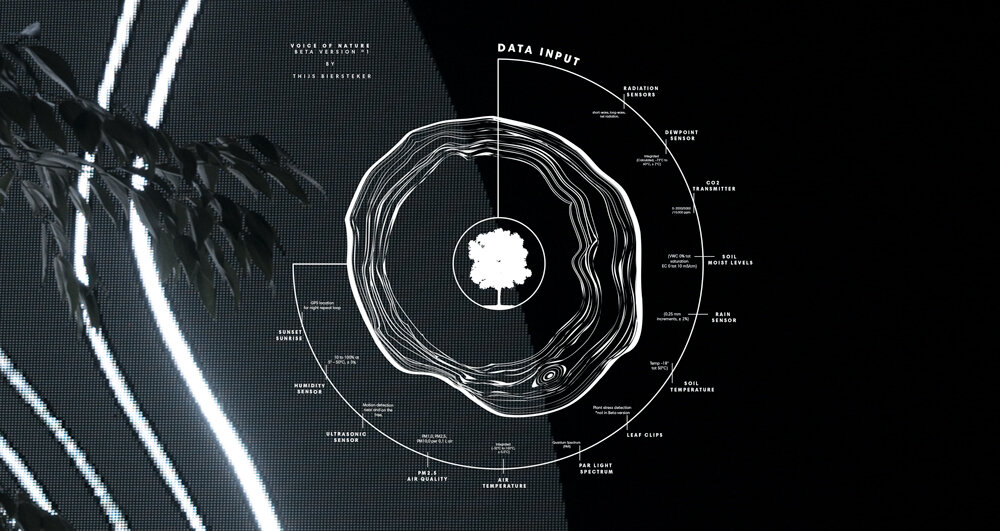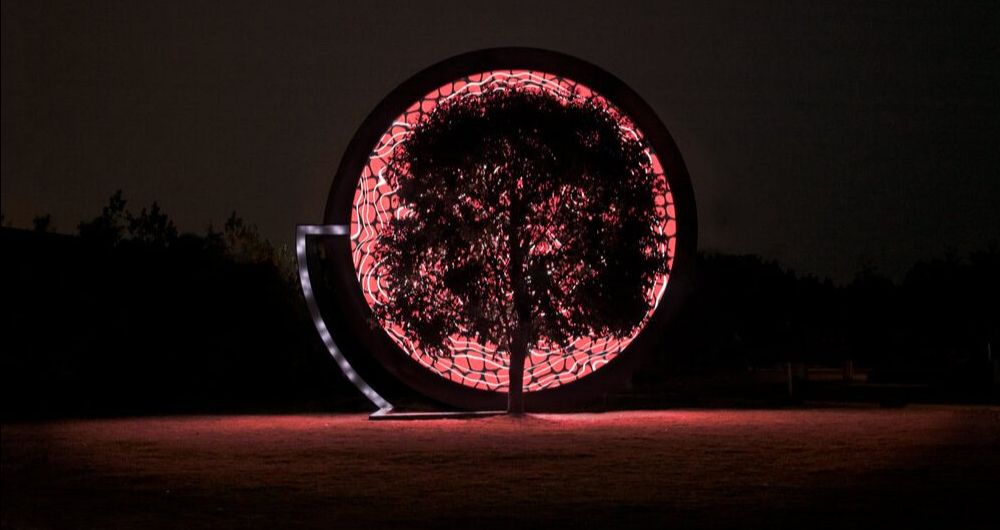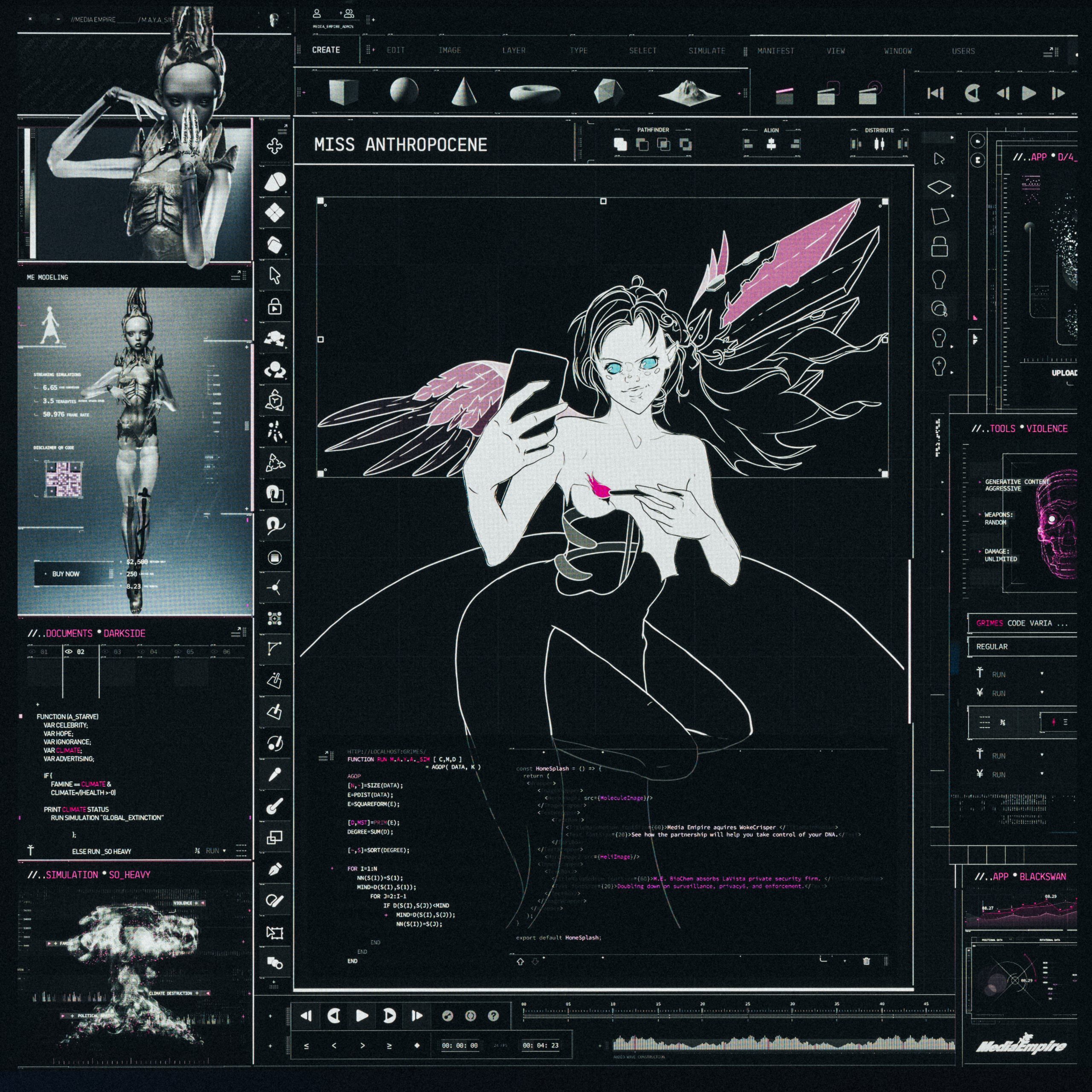Will the culture of the future be green ?
Of all the colors, give me green! Green hope, green horizon, green nature, green culture? Welcome to a (greenish) grey area, where the impact of culture on the planet seems very difficult to evaluate. Works of art transported by kilos of bubble wrap, flown millions of kilometers, mounted on walls with a limited life cycle, etc. The example of a simple exhibition could look like an ecological nightmare. In parallel, artists and professionals of the creative industries are putting their grey matter into action (again!). Between power, will and execution, are we already “green” in the world of culture?
Today, we offer you a tour of the artists—our very own star of the shepherd—that we follow and that hack technology to propose positive imaginations and cultivate the seeds of a future that we (makes us) want.
Today, we offer you a tour of the artists—our very own star of the shepherd—that we follow and that hack technology to propose positive imaginations and cultivate the seeds of a future that we (makes us) want.

